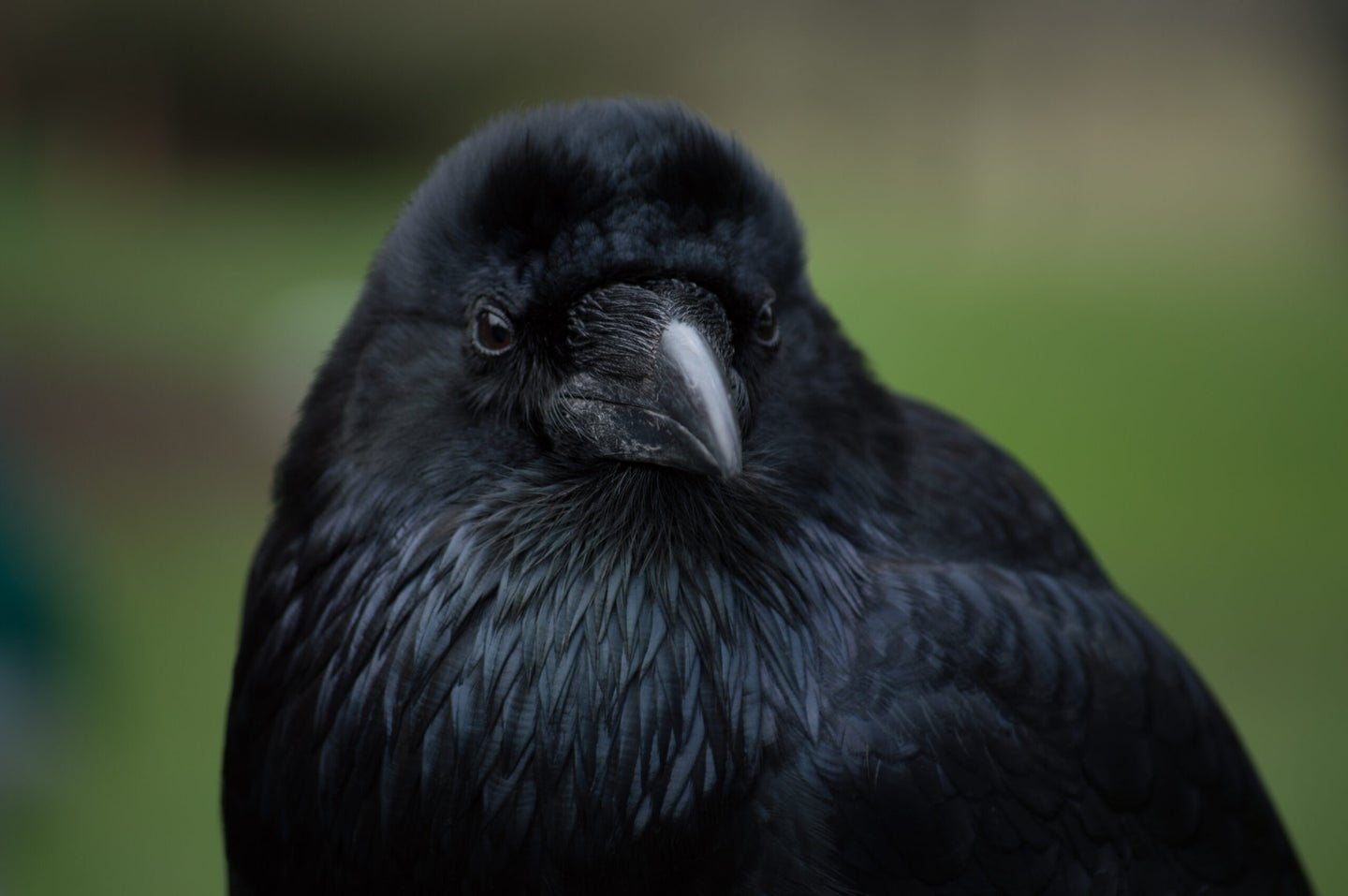Bird Brains Are Richer In Neurons Than Mammal Brains
A possible explanation for avian cognitive ability

For years, scientists have observed behavioral abilities of birds that seem inexplicably complex and advanced for their small brain size. Corvids, the family of birds that includes crows and ravens, use tools, solve problems, and even recognize themselves in the mirror. But a raven’s brain is only a little over 15 grams in weight. On average, a chimpanzee’s brain weighs 420 grams.
A new study out in the Proceedings of the National Academy of Sciences may hold a bit of the answer. Of 28 species studied by an international team of researchers, all the birds’ brains were chock-full of neurons — about twice as neuron-dense as mammals of the same size.
The researchers also found that large parrots and corvids had especially dense clusters of neurons in their forebrains. As the hypothesis goes, the more neurons, the more cognitive ability. If so, these two groups of birds may have much higher cognitive power per unit mass than mammals.
The team of researchers, from the Czech Republic, Austria, and Brazil, studied parrots, songbirds and other bird species, estimating neuron density post-mortem.
The findings contribute to the ongoing theory that, though brain structures may be different in classes of animals, it is not necessarily the size, or even the structure, that makes a brain more advanced. It may be the contents.
The researchers note that more work must be done to come to a causal link between neuron density and cognition. There are many more bird species to test.